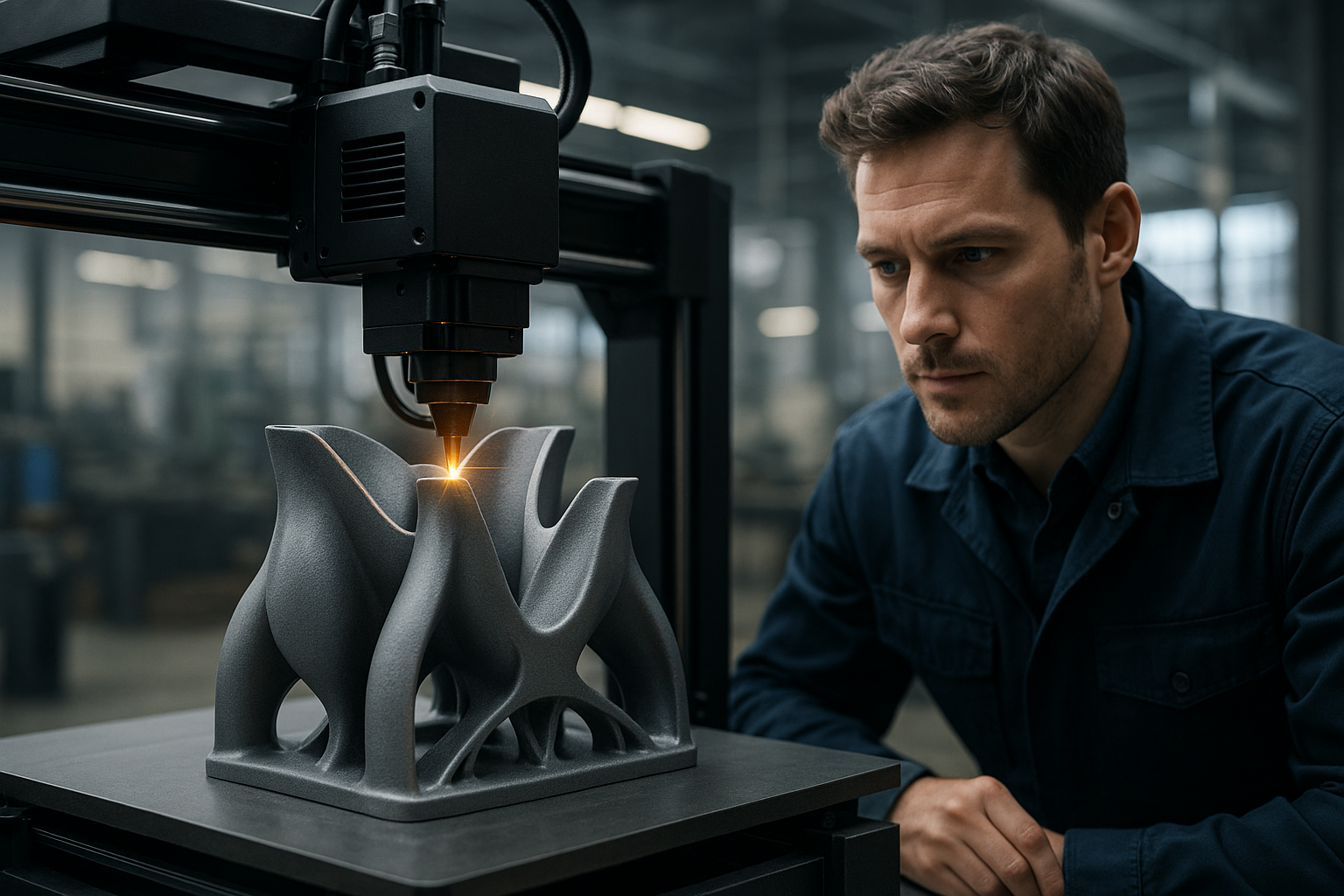Portable Laser Welding Machines: A Comprehensive Guide
Portable laser welding machines represent a significant advancement in welding technology, offering precision, efficiency, and mobility that traditional welding methods cannot match. These compact devices utilize concentrated laser beams to join metals with minimal heat-affected zones, making them increasingly popular across industries from automotive repair to jewelry making. As technology advances, these portable units are becoming more accessible to both professionals and hobbyists.

Portable laser welding machines have revolutionized the welding industry by combining precision engineering with mobility. These compact yet powerful devices allow welders to perform high-quality joins in various settings without compromising on accuracy or strength. As industries continue to demand more flexible manufacturing and repair solutions, portable laser welders have emerged as essential tools for professionals across numerous sectors.
What Are Portable Laser Welding Machines?
Portable laser welding machines are compact welding devices that utilize concentrated laser beams to join metal components. Unlike traditional welding methods that rely on electrical arcs or gas flames, laser welding focuses a high-energy light beam onto the workpiece, creating a precise, controlled heat source. This technology allows for extremely fine welds with minimal heat-affected zones, reducing material distortion and maintaining the integrity of the base metals.
The core components of a portable laser welding machine typically include a laser generator, a cooling system, focusing optics, and a handheld welding head. Modern units often feature built-in touchscreens for parameter control and may include vision systems for enhanced precision. The power output of portable units generally ranges from 1,000 to 1,500 watts, sufficient for welding various metals including stainless steel, aluminum, copper, and precious metals.
Benefits and Applications of Portable Laser Welding
The adoption of portable laser welding machines continues to grow due to their numerous advantages over conventional welding methods. The precision of laser welding produces clean, aesthetically pleasing welds with minimal post-processing requirements. Additionally, the focused heat input results in smaller heat-affected zones, preserving the mechanical properties of the materials being joined.
These machines excel in applications requiring high precision, such as jewelry manufacturing, medical device production, and automotive repair. The ability to weld dissimilar metals and thin materials without warping makes them particularly valuable in industries where material integrity is crucial. Furthermore, the non-contact nature of laser welding eliminates electrode contamination issues and allows for welding in hard-to-reach areas.
How to Find Portable Laser Welding Machines
Finding the right portable laser welding machine requires careful consideration of several factors. Begin by assessing your specific application needs, including the types of metals you’ll be welding, typical material thicknesses, and required mobility. Research reputable manufacturers with established track records in laser technology, as the quality of components significantly impacts performance and longevity.
Industry trade shows and exhibitions offer excellent opportunities to see various models in operation and speak directly with manufacturers. Online forums and professional welding communities can provide valuable insights from experienced users. Additionally, many suppliers offer demonstration sessions where you can test equipment with your specific materials before making a purchasing decision.
Where to Buy Portable Laser Welding Machines
Portable laser welding machines are available through various purchasing channels, each with distinct advantages. Authorized dealers and distributors typically offer comprehensive support, including installation, training, and maintenance services. These established relationships can prove invaluable, especially for first-time users of laser technology.
Direct purchases from manufacturers may provide more customization options and potentially better pricing for high-end models. Many manufacturers also offer certified pre-owned equipment with warranties, which can be a cost-effective option for businesses with budget constraints. Online industrial equipment marketplaces have expanded their offerings of laser welding technology, though buyers should verify seller credentials and equipment specifications carefully.
Cost Considerations for Portable Laser Welding Machines
The investment required for portable laser welding equipment varies significantly based on power output, features, and brand reputation. Entry-level portable systems typically start around $25,000, while advanced models with higher power outputs and sophisticated features can exceed $100,000. When evaluating costs, it’s essential to consider not just the initial purchase price but also operational expenses, including power consumption, maintenance requirements, and consumable parts.
| Manufacturer | Model | Power Output | Approximate Cost Range |
|---|---|---|---|
| IPG Photonics | HandyLaser | 1000W | $30,000 - $45,000 |
| Coherent | StarWeld | 1500W | $45,000 - $65,000 |
| Trumpf | TruLaser | 1200W | $40,000 - $60,000 |
| Rofin | StarWeld Mobile | 1000W | $28,000 - $42,000 |
| SPI Lasers | redPOWER | 800W | $25,000 - $38,000 |
Prices, rates, or cost estimates mentioned in this article are based on the latest available information but may change over time. Independent research is advised before making financial decisions.
Many suppliers offer financing options, leasing programs, or rental arrangements that can make these machines more accessible to smaller operations. When calculating return on investment, consider productivity gains from faster welding speeds, reduced post-weld finishing, and the ability to take on more specialized projects that command premium pricing.
Maintenance and Operation Considerations
Proper maintenance is crucial for ensuring the longevity and consistent performance of portable laser welding machines. Regular cleaning of optical components, checking cooling systems, and calibrating beam parameters are essential maintenance tasks. Most manufacturers recommend professional servicing at regular intervals, typically every 1,000 to 2,000 operating hours.
Operator training is another critical consideration, as proper technique significantly impacts weld quality and equipment longevity. Many suppliers offer comprehensive training programs covering safety protocols, parameter optimization, and troubleshooting procedures. Personal protective equipment, including specialized laser safety glasses, is mandatory for all operators to prevent eye damage from direct or reflected laser beams.
The adoption of portable laser welding technology continues to expand as manufacturers develop more user-friendly interfaces and automated features. As with any significant equipment investment, thorough research, hands-on demonstrations, and careful evaluation of after-sales support will help ensure you select the portable laser welding machine that best meets your specific requirements and provides the greatest long-term value.




